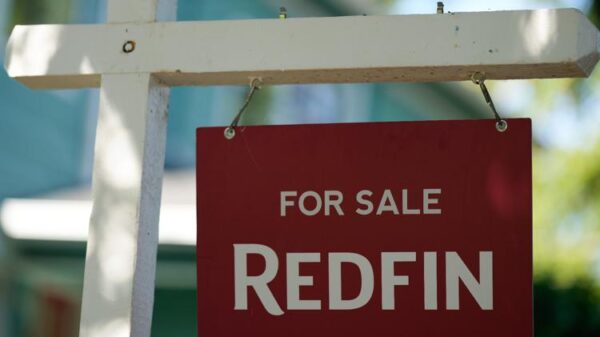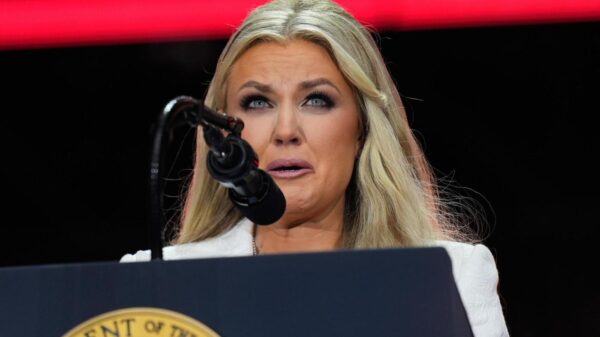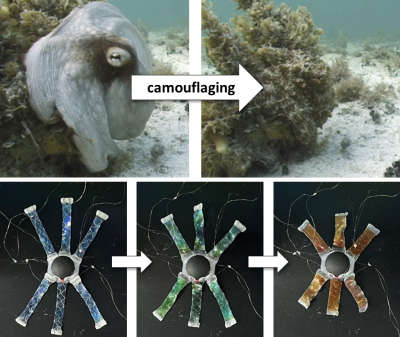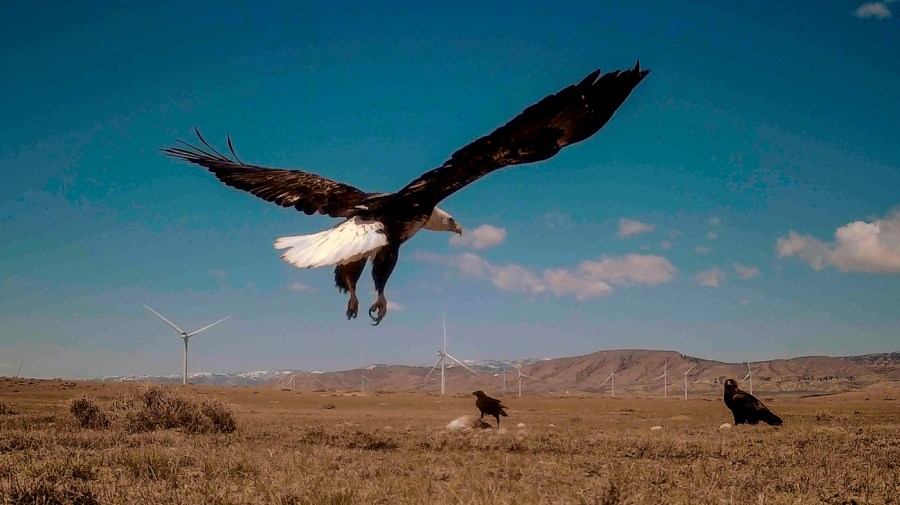The introduction of the 2024 eagle permitting regulation by the Biden administration has stirred significant controversy. Critics argue that these rules facilitate the unregulated killing of eagles by wind energy projects, undermining conservation efforts aimed at protecting these birds. Advocates for eagle protection contend that the regulations fail to impose necessary penalties on developers whose projects lead to eagle fatalities.
The U.S. Fish and Wildlife Service has stated that the new permitting framework aims to balance renewable energy development with wildlife conservation. However, environmental organizations like the National Audubon Society and the American Bird Conservancy have raised alarms. They assert that the regulations essentially permit wind energy companies to operate without adequate accountability for eagle deaths, potentially allowing for widespread harm to both bald and golden eagles.
Environmentalists emphasize that the Bald and Golden Eagle Protection Act mandates strict protections for these species. Critics of the regulation argue that the current framework does not reflect this commitment. Instead, they believe it prioritizes the growth of the wind energy sector over the well-being of wildlife. In their view, the administration is compromising the integrity of conservation laws in the name of renewable energy development.
Impact on Eagle Populations
The latest figures indicate that wind energy projects account for a significant number of eagle deaths each year. According to reports, thousands of eagles fall victim to turbine collisions, a figure that conservationists find alarming. They argue that while the transition to renewable energy is crucial, it should not come at the expense of wildlife protection.
Critics are calling for a reassessment of the permitting process to include more stringent measures. They propose that developers be held accountable for the ecological impacts of their projects. This includes the implementation of mitigation strategies designed to minimize eagle fatalities. By strengthening these regulations, advocates believe that both renewable energy and wildlife protection can coexist.
Calls for Action
The debate surrounding the 2024 eagle permitting regulation has intensified, with various stakeholders voicing their concerns. Lawmakers and conservation groups are urging the Biden administration to reconsider the current policy. They emphasize that protecting eagles is not just a legal obligation but also an ethical responsibility.
In light of these developments, the U.S. Department of the Interior is under pressure to revisit its stance on the matter. Critics argue that a failure to act could lead to irreversible damage to eagle populations. As the administration navigates the complexities of energy policy and wildlife conservation, the balance between these competing interests remains a contentious issue.
The ongoing discussions highlight a crucial intersection of environmental policy and renewable energy initiatives. As the deadline for reevaluating these regulations approaches, stakeholders eagerly await the administration’s next steps. The outcome could have lasting implications for both the future of wind energy and the protection of eagles in the United States.





































































